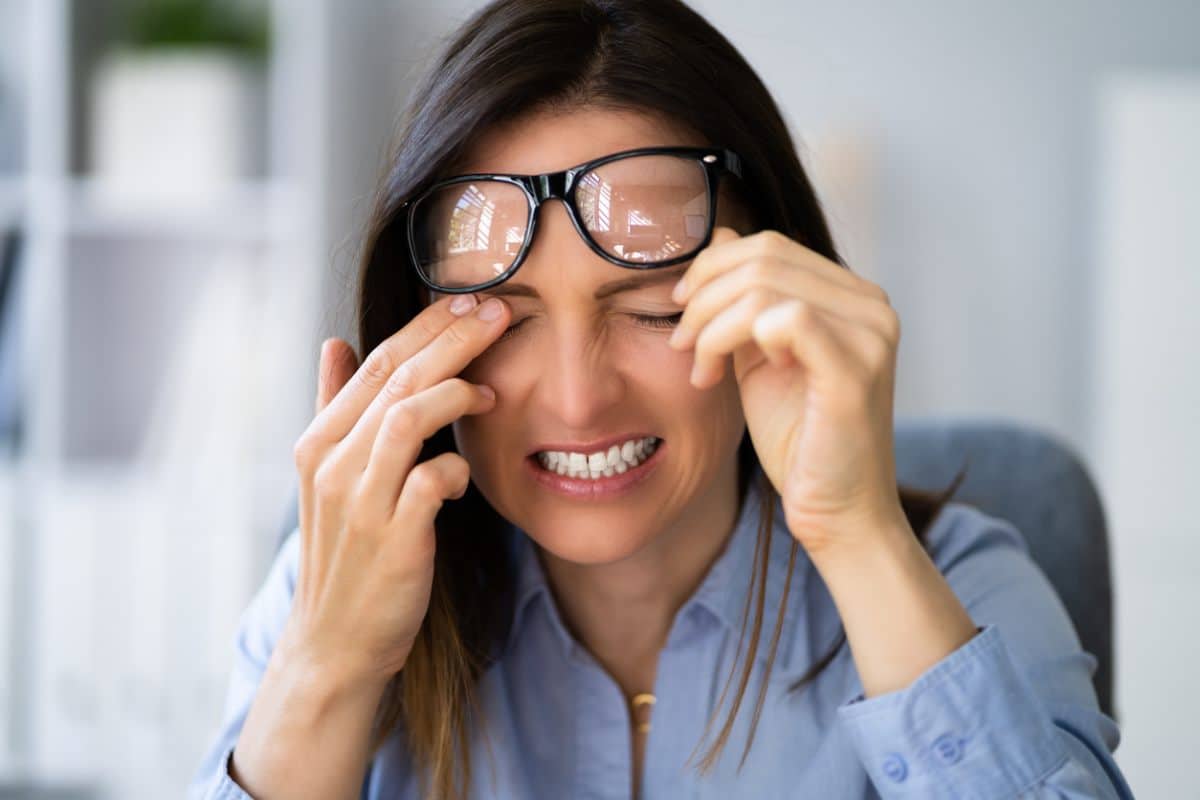A stye is a red bump on the edge of your eyelid. It is painful and looks similar to an acne pimple. A stye forms when an oil gland near your eyelashes gets both blocked and infected. They are common and most often do not require immediate medical treatment. However, some may require removal by a skilled professional. There are a number of factors that place you at a higher risk for styes. You may wonder, does smoking cause eye styes?
Does Smoking Cause Eye Styes?
Smoking can cause a variety of health issues. One of the potential risks associated with smoking are eye styes. Smoking increases your risk for styes, in addition to a number of other factors. Those who have diabetes, dry skin, certain skin conditions, have had a stye before, currently have blepharitis, high lipid levels, or are experiencing hormonal changes are at an increased risk for the infection. While these factors increase the risk for a stye, the infection can impact anyone as they are very common.
Symptoms of a Stye
It is generally clear when you have a stye. However, they do come with a number of symptoms that can help you rule out any other issues. Common symptoms include eyelid swelling, light sensitivity, soreness, itching, eye tearing, a feeling like there is something in your eye, and a painful red bump along your eyelid. These are often found on one eye, but can impact both at the same time.
Despite being associated with a number of unwanted symptoms, styes generally are not contagious. However, it’s important to use good hygiene practices when cleaning your own (or someone else’s) stye. This can help prevent harmful bacteria from spreading unnecessarily.
Types of Styes
Styes can either be external or internal. External styes form on the outer part of your eyelid. They are the most common type and can form on your top or bottom eyelid. These are usually caused by an infection in your eyelash follicle. Internal styes form on the inside of your eyelids. Unlike external styes, these are caused by an infection in the inner eyelid gland. The inner eyelid gland produces oils that keep your eyelid lubricated.
In addition to styes, a chalazion is another common eyelid bump. A chalazion is similar to a stye, but unlike styes it occurs farther back on your eyelid. It is not painful and not caused by a bacterial infection. However, it looks similar and requires the same treatment as styes.
Chalazion Removal
Styes are common and can impact anyone. However, they are most common among adults. Oftentimes styes go away on their own within two weeks, but in some cases medical intervention is necessary. There are a number of treatment options for those who have styes that require medical attention. It’s important to discuss your options with an oculoplastic surgeon in Beverly Hills.
The type of treatment you receive depends on the size of the bump and how long you have had it. Treatments can include eyelid cleaning, oral medication, ocular drops, aggressive eyelid hygiene, injections, and surgical drainage. Chalazion removal in Beverly Hills is necessary in cases where the stye will not go away with conservative treatment methods. It’s important to work with a skilled surgeon to determine how to treat the issue.
Prevention Measures
Having had a prior stye places you at a higher risk for the issue again. Avoid another stye by taking the following preventative measures.
- Makeup Tips: Avoid sharing eye makeup and disinfect what you have regularly. Avoid using old eye makeup due to the increased risk for bacterial infections.
- Skincare Routine: Wash your face before you go to bed every night. Removing the dirt and oil from the day is necessary to maintain good eyelid hygiene.
- Hand Hygiene: Wash your hands well and often. Use hot soapy water to wash your hands for at least 20 seconds before you make contact with your face or eyes.

